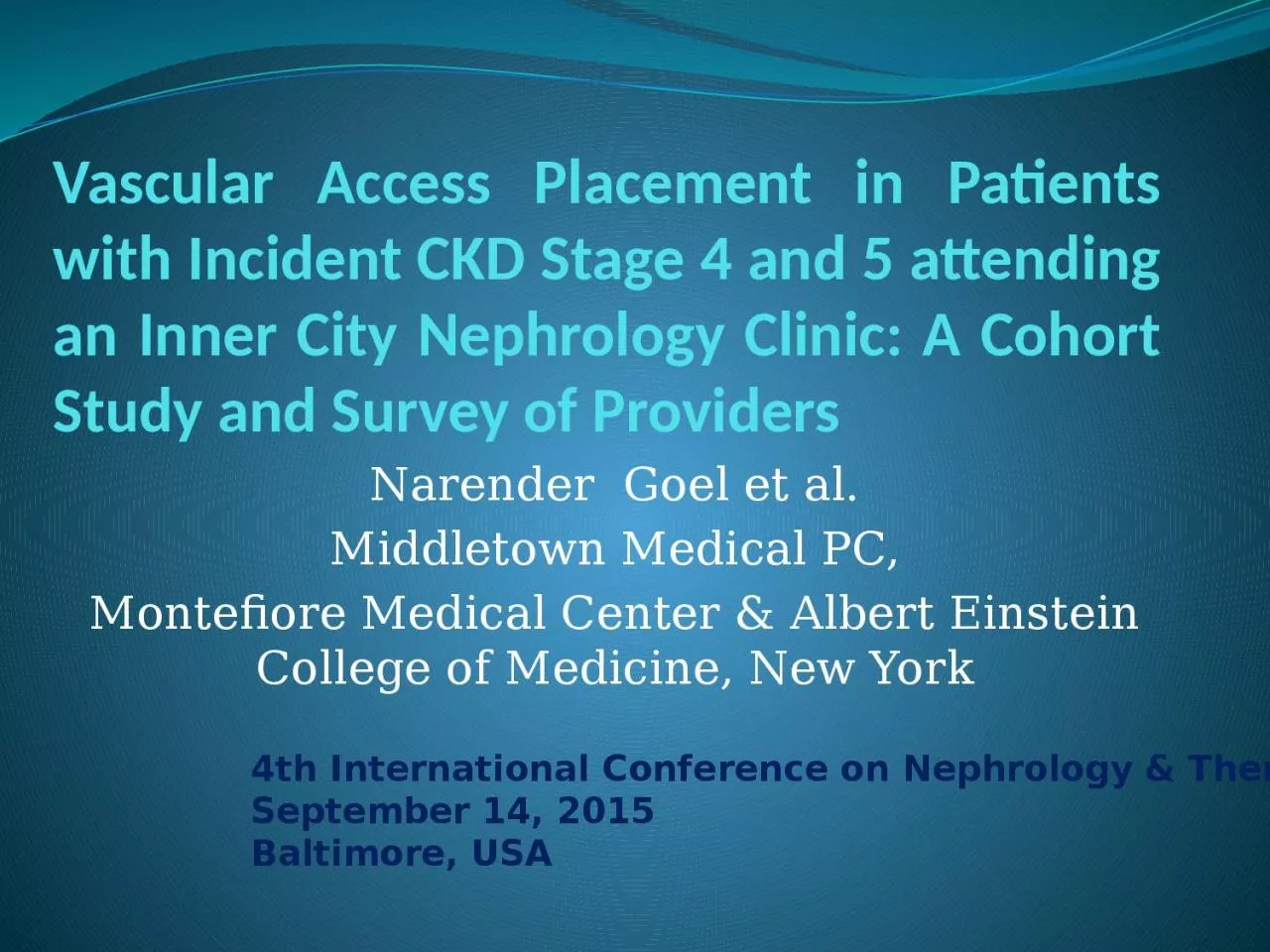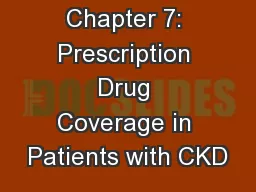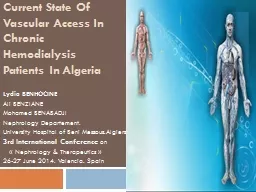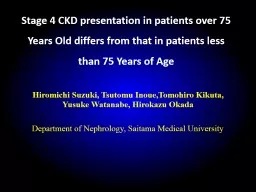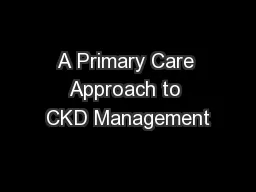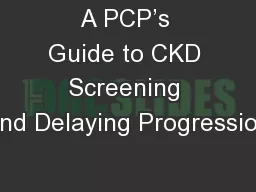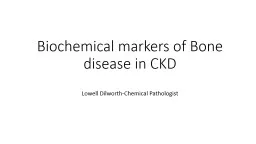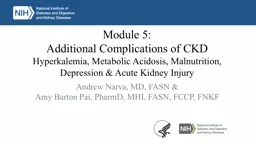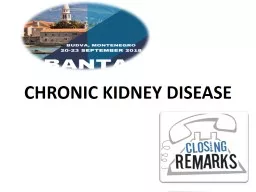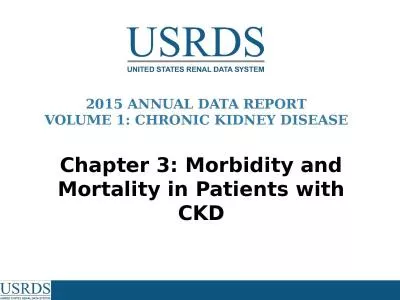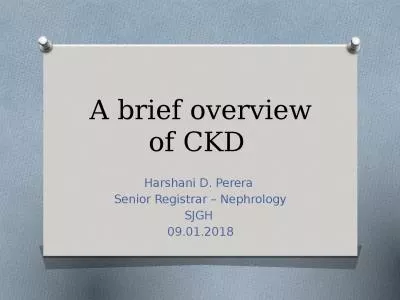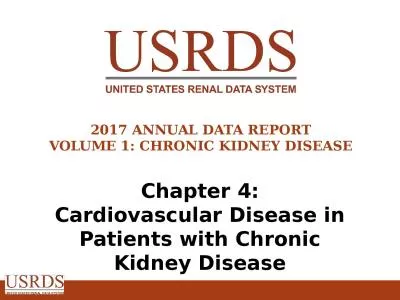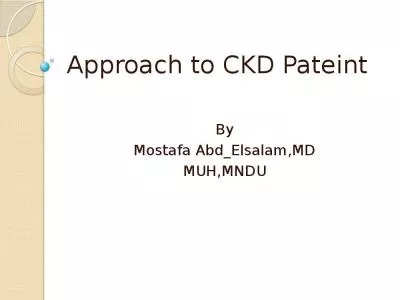PPT-Vascular Access Placement in Patients with Incident CKD Stage 4 and 5 attending an Inner
Author : Pirateking | Published Date : 2022-08-03
Narender Goel et al Middletown Medical PC Montefiore Medical Center amp Albert Einstein College of Medicine New York 4th International Conference on Nephrology
Presentation Embed Code
Download Presentation
Download Presentation The PPT/PDF document "Vascular Access Placement in Patients wi..." is the property of its rightful owner. Permission is granted to download and print the materials on this website for personal, non-commercial use only, and to display it on your personal computer provided you do not modify the materials and that you retain all copyright notices contained in the materials. By downloading content from our website, you accept the terms of this agreement.
Vascular Access Placement in Patients with Incident CKD Stage 4 and 5 attending an Inner: Transcript
Download Rules Of Document
"Vascular Access Placement in Patients with Incident CKD Stage 4 and 5 attending an Inner"The content belongs to its owner. You may download and print it for personal use, without modification, and keep all copyright notices. By downloading, you agree to these terms.
Related Documents

